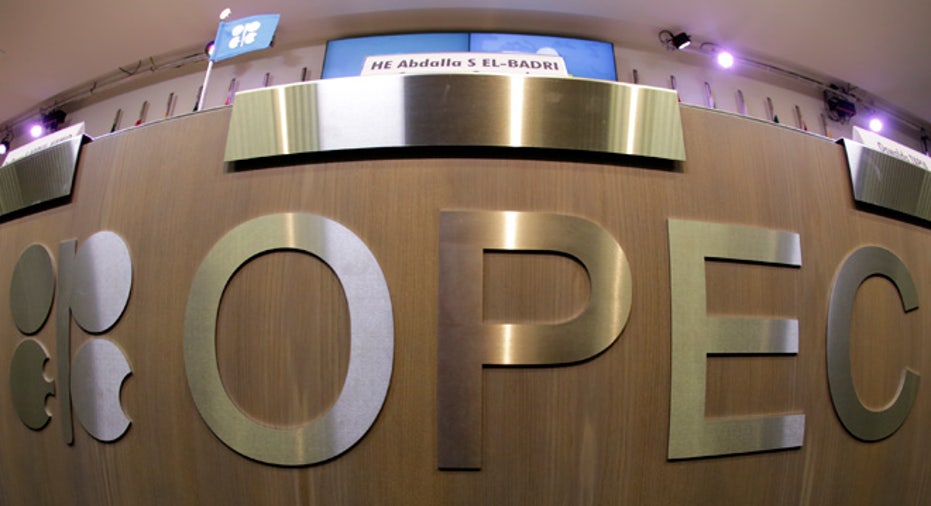OPEC Forecasts Larger 2016 Surplus

OPEC pumped more oil in November than in any month since late 2008 and forecast little increase in demand for its crude next year, pointing to a larger supply surplus even as low prices hurt rival producers.
The Organization of the Petroleum Exporting Countries in a report also forecast supply from non-member countries will fall more sharply next year, which would suggest its strategy, reaffirmed last week of defending market share, is working.
OPEC's report follows an acrimonious OPEC meeting on Dec. 4, where it rolled over a policy of pumping crude to safeguard market share, despite oil prices that have more than halved to $40 a barrel in 18 months due to excess supply.
A year ago, Saudi Arabia pushed though an OPEC decision to defend market share instead of cutting output to support prices, hoping to slow growth in rival supplies such as U.S. shale oil.
"U.S. tight oil production, the main driver of non-OPEC supply growth, has been declining since April," OPEC said in the report. "This downward trend should accelerate in coming months given various factors, mainly low oil prices and lower drilling activities."
Supply outside OPEC is expected to decline by 380,000 barrels per day (bpd) in 2016, the report said, as output falls in regions such as the United States and former Soviet Union. Last month, OPEC predicted a drop of 130,000 bpd.
But OPEC also increased its 2015 non-OPEC supply growth forecast by 280,000 bpd, citing upward revisions to output from the United States, Brazil, Russia and the UK, among other countries.
As a result of the report's changes to 2016 and 2015 non-OPEC supply forecasts, demand for OPEC crude next year is expected to average 30.84 million bpd - just 20,000 bpd more than OPEC expected previously.
OPEC production, which has surged since the policy shift of November 2014 led by Saudi Arabia and Iraq, is far higher than forecast demand. Supply rose by 230,000 bpd in November to 31.70 million bpd, said the report, citing secondary sources.
That is the highest monthly rate since late 2008 when Indonesia was still an OPEC member, according to a Reuters review of OPEC's previous reports on the group's website. The latest figure does not yet include Indonesia, which rejoined OPEC last week boosting its ranks to 13 countries.
With extra barrels coming from OPEC and no sizeable increase in demand for OPEC crude, the report points to a 860,000-bpd supply surplus next year if the group keeps pumping at November's rate, up from 560,000 bpd indicated in last month's report.
OPEC left its 2016 oil demand growth forecast unchanged, predicting global demand would rise by 1.25 million bpd, marking a slowdown from 1.53 million bpd in 2015. (Editing by Jason Neely, editing by David Evans)



















